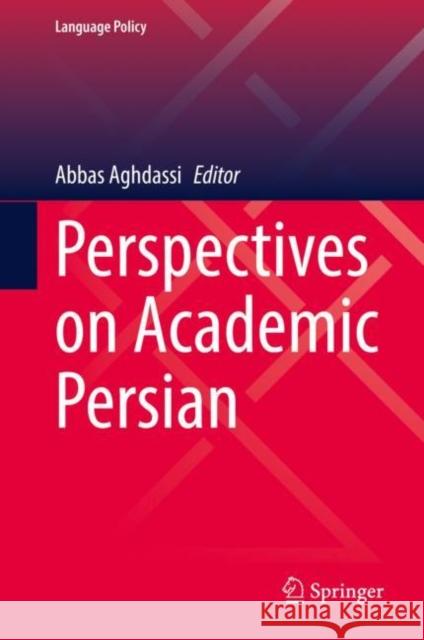Perspectives on Academic Persian » książka
topmenu
Perspectives on Academic Persian
ISBN-13: 9783030756093 / Angielski / Twarda / 2021 / 238 str.
Perspectives on Academic Persian
ISBN-13: 9783030756093 / Angielski / Twarda / 2021 / 238 str.
cena 685,93
(netto: 653,27 VAT: 5%)
Najniższa cena z 30 dni: 655,41
(netto: 653,27 VAT: 5%)
Najniższa cena z 30 dni: 655,41
Termin realizacji zamówienia:
ok. 22 dni roboczych
Bez gwarancji dostawy przed świętami
ok. 22 dni roboczych
Bez gwarancji dostawy przed świętami
Darmowa dostawa!
Kategorie:
Kategorie BISAC:
Wydawca:
Springer
Seria wydawnicza:
Język:
Angielski
ISBN-13:
9783030756093
Rok wydania:
2021
Wydanie:
2021
Numer serii:
000258952
Ilość stron:
238
Waga:
0.59 kg
Wymiary:
23.88 x 21.59 x 1.78
Oprawa:
Twarda
Wolumenów:
01











